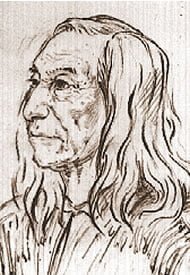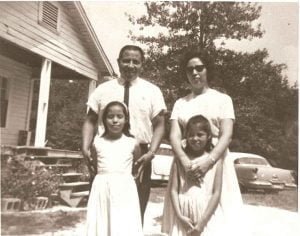Return to Fort Taylor
October 1st.The artillery battalion, one troop of dragoons, the commissary and quarter-master’s train, and the Indians and hostages under charge of Lieutenant Fleming, all under the command of Captain Keyes, left the camp on Pelouze River about six in the morning, and after marching eighteen miles, reached Snake River at noon and crossed over to Fort Taylor. We encamped on exactly the same ground we had occupied before the campaign. At the Fort, Major Wyse and Dr. Brown received us with the greatest hospitality. October 2d This morning we took leave, with many regrets, of Lieutenants Mullan and Owen. The … Read more


